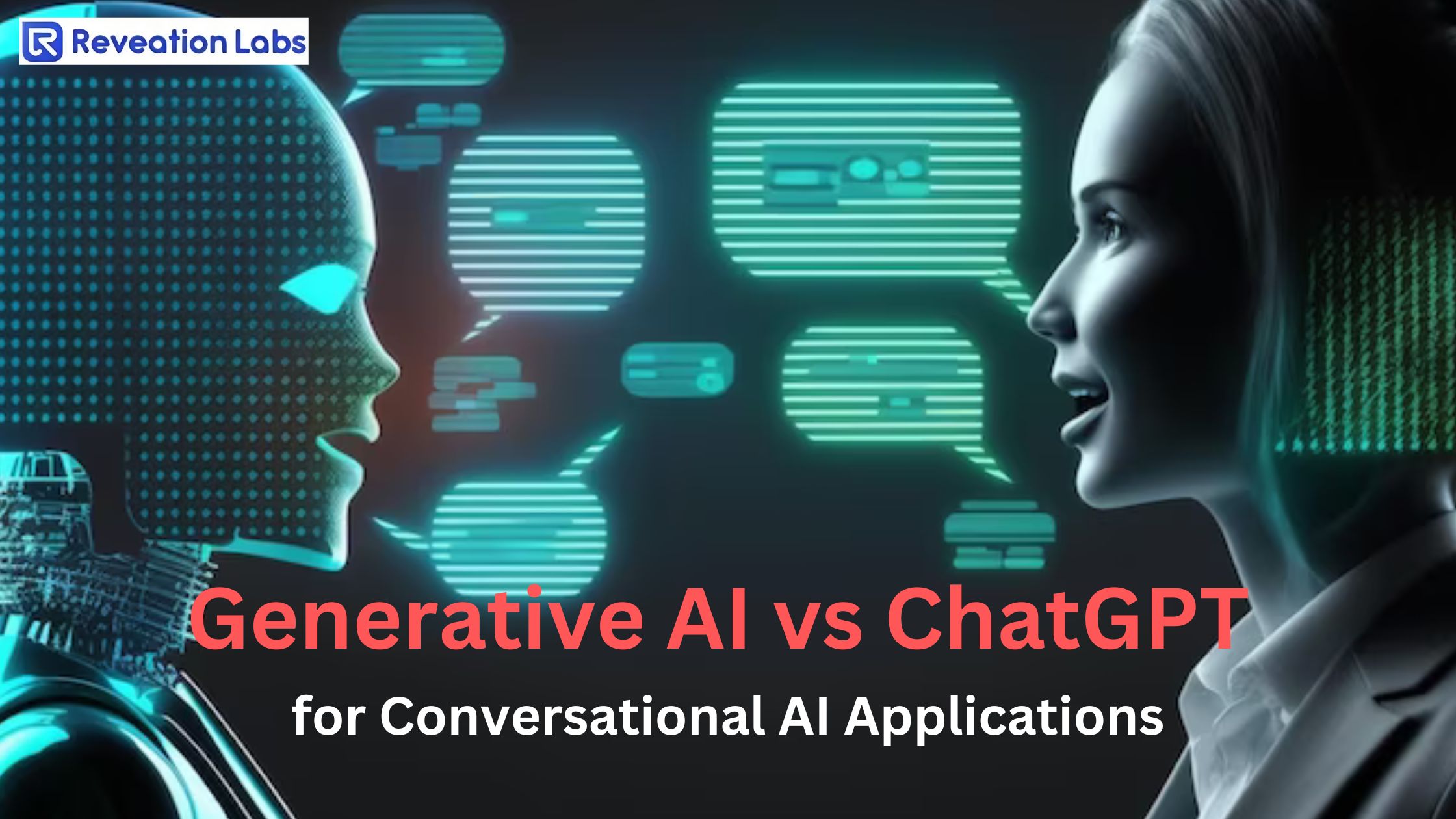Jhansi Pothuru
Mon Sep 25 2023


The revolutionary impact of blockchain-based "smart contracts" on the financial landscape is evident through their automation of complex transactions and the consequent elimination of intermediaries such as banks. This technological advancement carries the potential to substantially transform business processes. However, it is crucial to prioritize the security of smart contracts due to the inherent risks associated with coding flaws, malicious inputs, and attacks on the blockchain network.
Consequences due to weak Smart Contract Security
Numerous high-profile incidents involving Smart Contracts have led to significant financial losses and data breaches. Notable examples include
These incidents highlight the importance of securing Smart contracts and being vigilant against vulnerabilities and attacks. However, ensuring Smart contract security faces several challenges. The complexity of analysis and verification poses a huge hurdle, even with code review and rigorous verification.
Public blockchains, where Smart Contracts often operate, are susceptible to various attacks like theft of private keys and coding flaws. Traditional security methods like code review and formal verification are costly and time-consuming, and the lack of uniformity in Smart Contract creation complicates safety guarantees.
To address these challenges, there is growing interest in utilizing AI and machine learning (ML) for Smart Contract security. AI and ML can proactively detect anomalies and potential breaches, enhancing the overall security approach.
Smart Contract Safety through AI Algorithms
Smart contracts (SCs) are vulnerable to security breaches, and addressing these vulnerabilities is crucial for their widespread adoption. One effective approach to strengthen its safety is through AI algorithms that scrutinize code for flaws. These algorithms can be trained to identify patterns and irregularities in the code that may indicate security vulnerabilities. By analyzing vast amounts of code, AI algorithms can uncover common flaws, enabling subsequent iterations of Smart contracts to be fortified against these issues.
Innovative Techniques using AI
1. Temporal Message Propagation Network for Vulnerability Detection: This network harnesses graph features to detect vulnerabilities in smart contracts. By utilizing graph neural networks and expert knowledge, weaknesses in the smart contract code can be identified. This approach takes into account the temporal propagation of messages within the contract's execution, allowing for more accurate vulnerability detection.
2. Multi-modal AI Framework VDDL: This technique enhances the capability to detect vulnerabilities by analyzing the contract code from multiple perspectives, both forward and backward. The bidirectional nature of the Transformer model enables a more comprehensive understanding of the code's context and structure.
3. Limited Labeled Data with ASSBert: Limited availability of labeled data is a common challenge in AI-based systems. To address this issue, a smart contract vulnerability detection system employs active Semi-Supervised Learning (SSL) in combination with bidirectional encoder representations from Transformers (BERT). This approach allows the system to make effective use of both labeled and unlabeled data, enhancing its ability to identify vulnerabilities.
4. Two-Stage SC debugger ReVulDL: Detecting and locating vulnerabilities in smart contracts can be a complex task. The introduction of a two-stage SC debugger, powered by deep learning techniques, aims to address this challenge. This debugger is specifically designed to identify and locate reentry vulnerabilities, a type of vulnerability that arises due to improper handling of external calls within the contract code. By utilizing deep learning, this debugger provides a more automated and accurate method for vulnerability identification and location.
Strengthening Contract Language Using NLP
Utilizing the capabilities of Natural Language Processing (NLP), AI contributes to supporting smart contract security by scrutinizing contract language for ambiguities and inconsistencies. NLP algorithms provide a proactive approach to enhance contract safety, minimizing the potential for hackers to exploit vulnerabilities and ensuring the overall integrity of smart contracts.
Innovations in Vulnerability Detection
MulCas: The realm of vulnerability detection has seen AI innovation. A larger dataset and the MulCas model were introduced to identify Ponzi schemes during Smart contract formation.
SHGTNs: A heterogeneous graph transformation network (SHGTNs) was proposed to uncover financial fraud instances on the Ethereum network.
SCSGuard: SCSGuard leveraged AI to identify fraudulent conduct by incorporating bytecode and Gated Recurrent Unit (GRU) networks.
Real-time Fraud Detection: Real-time Smart contract review for fraud detection is yet another application of AI. AI algorithms can track money flow and detect irregularities, alerting developers to unusual transactions and enabling preemptive actions.
Advancements in Vulnerability Detection Techniques
ICodeNet: designed to tackle the issue of local information loss, a challenge often encountered in vulnerability detection. ICodeNet employs convolutional layers to capture intricate patterns within the contract's source code, thereby enhancing the identification of vulnerabilities by focusing on localized details.
Multi-Agent Fuzz Testing: Deep reinforcement learning and multi-agent fuzz testing were combined. By combining these techniques, vulnerabilities within the contract's execution environment and interaction dynamics can be more effectively unearthed. This multi-agent approach enables a broader exploration of potential attack scenarios, leading to more robust security assessments.
Deep Learning models: Three distinct deep learning models—Gated Recurrent Unit (GRU), Artificial Neural Network (ANN), and Long Short-Term Memory (LSTM)—were developed to assess SC vulnerability.
Link-DC: A novel model, Link-DC, employed deep and cross-networks to expose high-order nonlinear traits.
SmartMixModel: This model takes a multifaceted approach to enhance vulnerability identification accuracy. By extracting features from both syntactic (source code) and bytecode levels, this model comprehensively analyzes smart contracts.
Building Trustworthy and Decentralized Smart Contract Administration
AI can also contribute to building trustworthy and decentralized SC administration infrastructure. Validating transactions and thwarting fraud using AI could fortify the foundation of blockchain technology, ultimately creating more secure and resilient Smart contracts.
AI-based Solutions: AI-based solutions have emerged, including GVD-net which detects Ethereum SC flaws, and Eth2Vec which employs neural networks to compare SC code against a database of known vulnerable features.
Modular Vulnerability Detection with DeeSCVHunter: DeeSCVHunter presents a modular framework grounded in Deep Learning (DL) principles. This framework is tailored to identify vulnerabilities related to reentrancy and time dependence within smart contracts.
Diverse Code Representations for Vulnerability Detection: DL techniques were combined to detect vulnerabilities by utilizing diverse code representations. This approach facilitates a more comprehensive and nuanced understanding of potential security threats, enabling proactive measures to mitigate vulnerabilities before they are exploited.
SCscan: It is a novel scanning technique anchored in Support Vector Machines (SVM), the smart contract administration landscape gains an additional layer of vulnerability detection. By leveraging SVM's classification capabilities, SCscan identifies potential vulnerabilities within smart contracts
Conclusion:
In summary, the vast potential of AI can be harnessed to enhance the security of smart contracts significantly. By employing AI-driven code analysis, detecting linguistic ambiguities, and maintaining real-time surveillance, developers can proficiently reduce the vulnerabilities to hacking. Furthermore, the integration of AI into decentralized systems holds the promise of bolstering both the transparency and security of blockchain technology. As smart contracts become more widely used, the significant growth of AI's role in ensuring their reliability and preventing fraudulent activities is ready for considerable expansion.
Why Reveation Labs
We are a team that is technically proficient and simultaneously caring for your business. Our ideology is to provide the latest technologies that suit your business well.
Let’s discuss your requirements!
Give your business the next-gen technology it deserves. Be a part of our family of successful enterprises that work on high-end software solutions.
Experts
In all the latest technologies and developments.
Creative
To innovate the best solutions and pick the right technology for you.
Ethical
To always put you first & respect your business values and procedures.
Dedicated
To meet the deadlines and help you until the very end and beyond.
Approachable
For all your business needs and queries at any point of time.
Transparent
In our ways of working.




